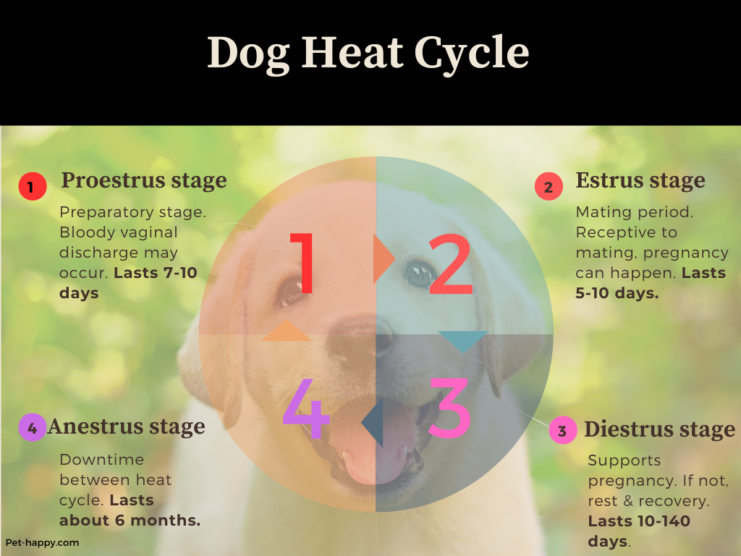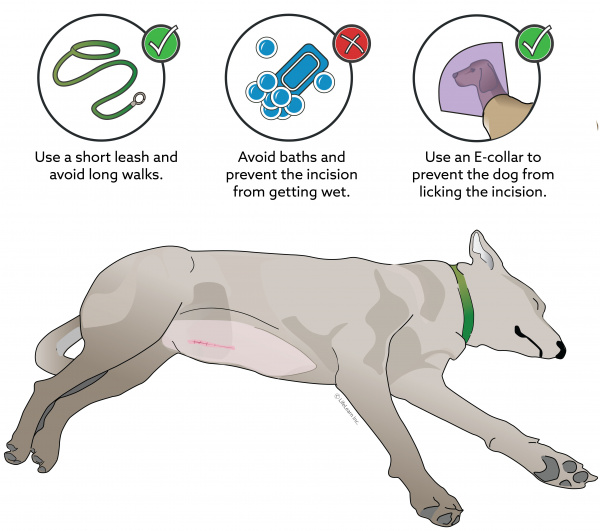Do Fixed Dogs Still Go Into Heat

Urgent canine health update: Despite common belief, spayed female dogs can exhibit behaviors mimicking heat. This phenomenon, though rare, demands immediate veterinary attention to rule out life-threatening conditions.
This article breaks down the causes behind false heat, diagnostic steps, and when to seek emergency care for your spayed dog, ensuring responsible pet ownership and safeguarding canine well-being.
Understanding Spaying and Its Intended Effects
Spaying, or ovariohysterectomy, is the surgical removal of a female dog's uterus and ovaries. This procedure eliminates the production of reproductive hormones like estrogen and progesterone.
Consequently, a successfully spayed dog cannot experience a normal estrus cycle (heat).
"Phantom Heat": Why Some Spayed Dogs Show Heat-Like Symptoms
Despite successful spaying, some owners report their dogs displaying signs reminiscent of being in heat. These can include swollen vulva, vaginal discharge, attraction to male dogs, and behavioral changes.
However, these symptoms are not indicative of a true heat cycle in a properly spayed animal.
The Most Common Culprit: Ovarian Remnant Syndrome (ORS)
The most frequent cause of false heat is Ovarian Remnant Syndrome (ORS). This occurs when a small piece of ovarian tissue is unintentionally left behind during the spaying procedure.
This remaining tissue can still produce hormones, leading to cyclical heat-like symptoms.
Studies published in the Journal of the American Animal Hospital Association have shown that ORS can occur months or even years after the initial spay surgery.
Other Potential Causes of Heat-Like Symptoms
Although less common, other factors can mimic heat. These include vaginal infections, tumors, or exposure to external estrogen sources.
Certain types of vaginal tumors can secrete estrogen, leading to vulvar swelling and discharge.
Exposure to estrogen-containing creams or medications, either directly or through ingestion, can also cause similar symptoms.
Diagnostic Procedures: Ruling Out Serious Conditions
If a spayed dog exhibits signs of heat, immediate veterinary consultation is crucial. A veterinarian will perform a thorough physical examination and review the dog's medical history.
Diagnostic tests typically include blood hormone level testing (specifically estrogen and progesterone), vaginal cytology, and potentially ultrasound or exploratory surgery.
Vaginal cytology involves examining cells from the vagina under a microscope to detect inflammation, infection, or abnormal cells.
Treatment Options for Ovarian Remnant Syndrome
The definitive treatment for ORS is surgical removal of the remaining ovarian tissue. This typically requires exploratory surgery to locate and excise the tissue.
Pre-surgical imaging, such as ultrasound or CT scan, may be helpful in locating the remnant tissue, but it can be difficult to visualize.
In some cases, medical management with hormones may be attempted, but this is generally not a long-term solution.
When is it an Emergency?
While false heat itself is not always a direct emergency, certain accompanying symptoms warrant immediate veterinary attention. Profuse vaginal bleeding, lethargy, loss of appetite, or signs of infection are red flags.
These symptoms could indicate a serious underlying condition, such as a uterine stump pyometra (infection) or a bleeding tumor.
"If you are ever unsure, it is always best to err on the side of caution and seek veterinary advice," advises Dr. Emily Carter, a veterinarian specializing in canine reproductive health.
Prevention and Responsible Pet Ownership
While ORS cannot be completely prevented, choosing a skilled and experienced veterinarian for the spaying procedure can minimize the risk. Discuss the surgeon's experience and surgical techniques beforehand.
Regular check-ups and prompt reporting of any unusual symptoms are also crucial for early detection and intervention.
Documenting the date and location of the spay surgery can be helpful for future veterinary reference.
Ongoing Developments and Research
Research is ongoing to improve diagnostic methods for ORS and to develop less invasive surgical techniques for removing ovarian remnant tissue.
Advances in minimally invasive surgery, such as laparoscopy, may offer a less invasive option for some patients.
Continued vigilance and proactive veterinary care are essential for maintaining the health and well-being of spayed female dogs.













:max_bytes(150000):strip_icc()/signs-your-dog-is-in-heat-3385379-final-ee6aced3a7d04eea929df5aff5b4c74d.png)




